Baby giant pandas are arguably among the most adorable creatures on our planet. These black and white bundles of joy captivate hearts worldwide with their roly-poly appearance and endearing behaviors. But beyond their undeniable cuteness, baby pandas (also called cubs) possess remarkable characteristics that make them truly unique in the animal kingdom. From their surprising birth size to their specialized bamboo diet development, these endangered bears have evolved fascinating adaptors for survival. Let’s explore the 12 extraordinary features that set baby pandas apart from other animals and make them such treasured symbols of wildlife conservation.
Incredibly Tiny at Birth
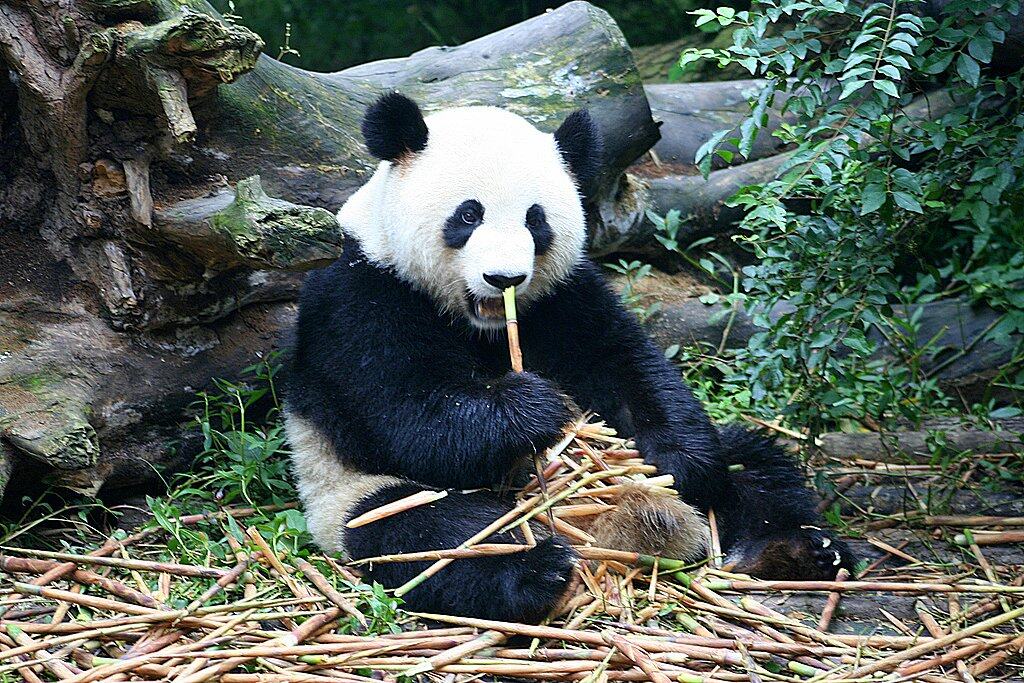
Perhaps the most astonishing fact about baby pandas is their extraordinarily small size at birth. Despite adult female pandas weighing approximately 200-220 pounds (90-100 kg), their newborns typically weigh just 3-5 ounces (85-140 grams) and measure about 6-8 inches (15-20 cm) long. This makes panda cubs among the smallest newborns relative to their mother’s size in the mammal world. To put this in perspective, a newborn panda cub is roughly 1/900th of its mother’s weight—comparable to a human mother giving birth to a baby the size of a stick of butter.
This extreme size discrepancy is believed to be an evolutionary adaptation related to the panda’s bamboo diet, which provides limited nutrition for fetal development. The mother’s body can only provide minimal resources to the developing cub, resulting in a dramatically underdeveloped newborn. Scientists also theorize that the small birth size allows female pandas to conserve energy during pregnancy while still consuming their low-calorie bamboo diet, a crucial survival adaptation for this specialized species.
Born Pink and Hairless

Contrary to what many people might expect, baby pandas don’t enter the world with their iconic black and white coloration. Newborn panda cubs are actually pink, hairless, and blind—bearing little resemblance to the fluffy black and white bears they’ll eventually become. Their skin is delicate and nearly translucent, with a slight pinkish hue that makes them look more like hairless rodents than bears. This stark contrast between newborn appearance and adult coloration is one of the most dramatic transformations in the mammal world.
The distinctive black and white markings begin to appear only after about three weeks when the cub’s fur starts to develop. The trademark coloration emerges gradually, with the patches around the eyes, ears, shoulders and legs developing first. By the time they reach one month old, baby pandas are fully covered with their signature black and white fur, though it remains soft and sparse compared to the thicker coat of adult pandas. This remarkable transformation from pink and vulnerable to the iconic panda appearance represents one of nature’s most striking developmental journeys.
Delayed Color Development

The development of the panda’s iconic black and white pattern follows a fascinating timeline that highlights another unique aspect of these cubs. Scientists believe the delayed development of their distinctive coloration serves an evolutionary purpose. In the wild, newborn pandas remain in the safety of dens for their first few months, where their pink appearance doesn’t put them at a disadvantage. As they grow and eventually leave the den, their black and white markings provide crucial camouflage in their natural habitat of snow-patched mountain forests.
Interestingly, the specific pattern of black and white on each panda is as unique as a human fingerprint—no two pandas have identical markings. Researchers at the Chinese Academy of Sciences have even developed facial recognition software specifically designed to identify individual pandas based on their distinctive facial patterns. This technology has revolutionized conservation efforts by allowing scientists to track specific pandas in the wild without invasive tagging methods, providing valuable data about their movements, behaviors, and population dynamics.
Extremely Dependent on Mother

Baby pandas are extraordinarily dependent on their mothers, even by mammalian standards. Due to their underdeveloped state at birth, panda cubs rely completely on maternal care for survival during their first months of life. A mother panda will hold her tiny cub almost constantly against her chest to keep it warm, as newborns cannot regulate their own body temperature. She rarely puts the cub down during the first month, even while feeding herself. This intense dependency period is longer than most bear species, with cubs staying with their mothers for up to three years—significantly longer than the 1.5-2.5 years typical for other bear species.
The mother’s dedication is remarkable, especially considering the nutritional challenges she faces. Female pandas do not hibernate and must continue consuming up to 40 pounds of bamboo daily while caring for their cubs. During the early weeks, a mother panda may not leave her den to eat or drink, surviving on fat reserves and moisture from bamboo eaten before giving birth. This exceptional maternal commitment represents an enormous energy investment, particularly notable in a species with such dietary limitations, and highlights the specialized evolutionary adaptations pandas have developed to ensure the survival of their vulnerable offspring.
Unique Vocal Development

Baby pandas communicate through a distinctive repertoire of sounds that evolve as they develop. Newborn cubs are surprisingly vocal, producing high-pitched squeals and chirps that help the mother locate them if they become separated. These early vocalizations are crucial for survival, as blind newborn cubs depend entirely on their mother’s response to their calls. Researchers at China’s Chengdu Research Base of Giant Panda Breeding have identified at least 11 different types of vocalizations in panda cubs, each serving specific communication purposes ranging from distress signals to contentment expressions.
As cubs mature, their vocal range expands to include a variety of sounds not typically associated with bears. By six months of age, pandas can produce bleats, barks, honks, and even a goat-like baaing sound that researchers believe helps mothers and cubs locate each other in dense bamboo forests. Unlike many mammals whose vocalizations decrease with age, pandas maintain their vocal diversity throughout their lives, though adults communicate less frequently than cubs. This sophisticated vocal development is particularly noteworthy in a normally solitary species, suggesting that vocal communication plays a crucial role in the critical mother-cub relationship during the extended dependency period.
Delayed Bamboo Digestion Abilities
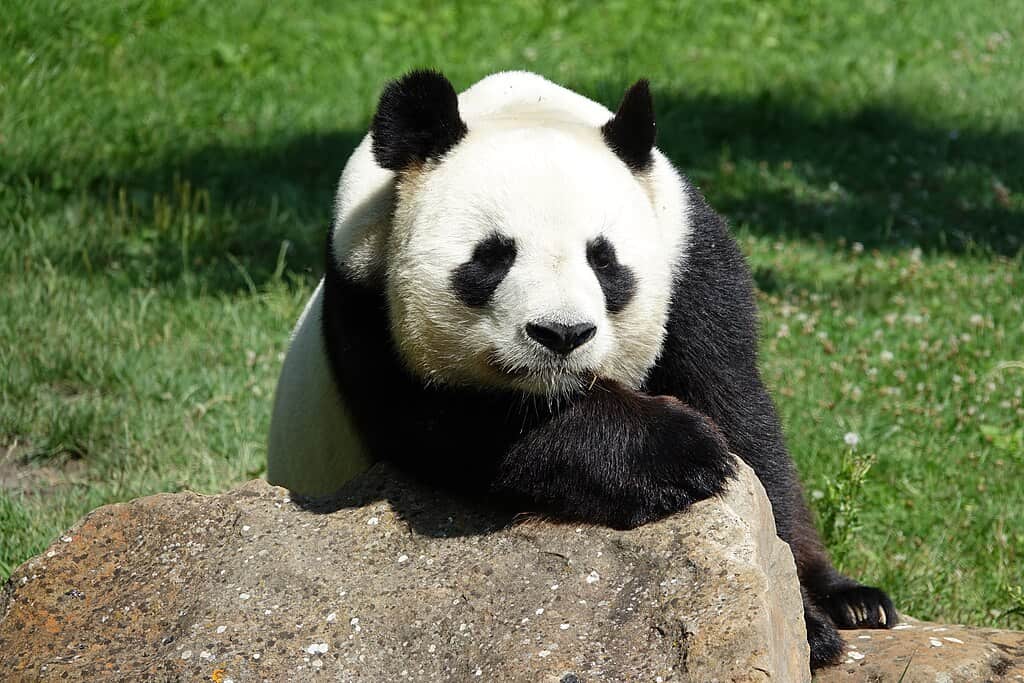
Despite being members of the Carnivora order, adult giant pandas have evolved to survive almost exclusively on bamboo—a diet that requires specialized digestive adaptations. However, baby pandas are born without the ability to process bamboo efficiently. For their first year of life, panda cubs subsist entirely on their mother’s milk, which is extremely rich in nutrients compared to other bear species’ milk. Panda milk contains about three times the protein of human milk and significantly higher fat content, providing cubs with the necessary energy for development despite their mothers’ bamboo-restricted diet.
The transition to bamboo consumption is gradual and represents a unique developmental milestone. Around six months of age, cubs begin to nibble on bamboo leaves but lack the gut bacteria necessary for proper digestion. The acquisition of these specialized microorganisms occurs slowly as cubs “sample” bamboo and are exposed to their mother’s feces, which contains the beneficial bacteria. Complete weaning takes 8-9 months—significantly longer than other bear species—and full bamboo digestion capability isn’t established until cubs are approximately 18 months old. This delayed development of digestive specialization highlights the evolutionary compromises that have shaped the panda’s unique ecological niche.
Distinctive “Thumb” Development
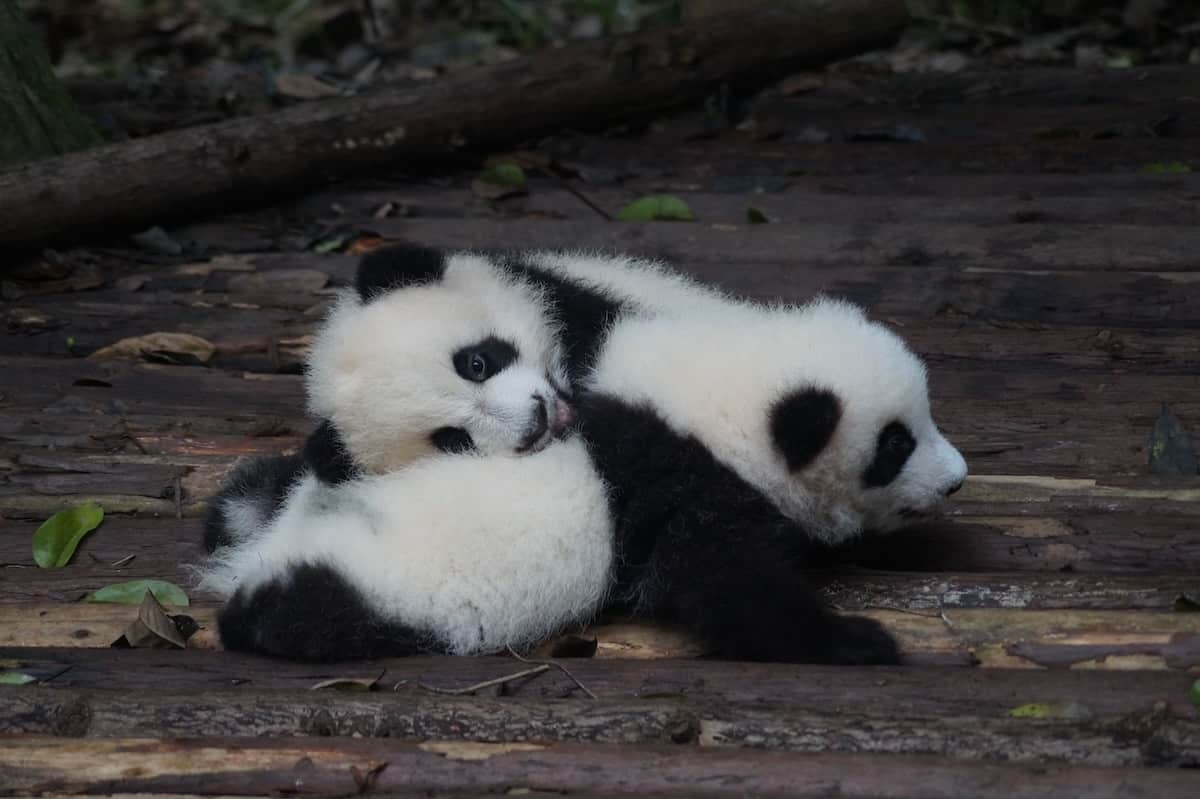
One of the most fascinating anatomical features that makes pandas unique is their pseudo-thumb—an enlarged wrist bone (sesamoid bone) that functions similarly to a human thumb. This adaptation allows pandas to grasp and manipulate bamboo stalks with remarkable dexterity. In baby pandas, this distinctive feature is present at birth but requires considerable time to develop full functionality. Newborn cubs have a small, underdeveloped pseudo-thumb that gradually strengthens and becomes more pronounced as they grow and prepare for their bamboo-based diet.
The development of this specialized “sixth digit” represents an extraordinary example of evolutionary adaptation. Young cubs spend months refining their coordination and grip strength through play and observation of their mothers. By the time they begin actively handling bamboo at around 6-8 months, the pseudo-thumb has developed significant muscle attachments and dexterity. Researchers studying this adaptation have discovered that the panda’s pseudo-thumb evolved approximately 6-8 million years ago, coinciding with their dietary shift toward bamboo specialization. This unique anatomical development in panda cubs highlights nature’s remarkable ability to repurpose existing structures for new functions in response to environmental pressures.
Remarkable Growth Rate

Despite their tiny size at birth, panda cubs undergo an astonishing growth transformation during their first year. A baby panda will increase its birth weight by approximately 100 times within 12 months—one of the most dramatic growth rates among mammals. By one month, cubs typically weigh around 2 pounds (900 grams), and by their first birthday, they can reach 55-65 pounds (25-30 kg). This exponential growth requires tremendous energy, which explains the extremely nutrient-rich milk provided by mother pandas and the cubs’ almost constant nursing during early development.
This rapid growth period is particularly remarkable considering the nutritional limitations imposed by the pandas’ specialized bamboo diet. To support this growth, mother pandas produce some of the richest milk in the bear family, with fat content reaching nearly 9%—more than triple that of human milk. Even with this nutritional support, panda cubs develop more slowly than other bear species in terms of mobility and independence, a trade-off that allows them to achieve their substantial size despite dietary constraints. By tracking the growth curves of cubs born in conservation centers, scientists have established detailed developmental milestones that help assess the health of both wild and captive young pandas, providing crucial information for conservation efforts.
High Rate of Twin Births

Unlike most bear species that typically give birth to multiple cubs per litter, giant pandas frequently conceive twins—approximately 50% of panda pregnancies result in two embryos. This twin conception rate is exceptionally high compared to other large mammals and represents a unique reproductive strategy. However, this high twin rate comes with a biological challenge: in the wild, a mother panda can typically only raise one cub successfully due to her limited energy resources from her bamboo diet. When twins are born in natural settings, the mother usually selects the stronger cub to nurture while the second cub unfortunately does not survive.
Conservation breeding programs have developed an innovative solution to this natural limitation through a technique called “twin swapping.” When twins are born in captivity, caretakers alternate the cubs with their mother, keeping one in an incubator while the other nurses. Every few hours, they switch the cubs, ensuring both receive maternal care and milk while deceiving the mother into caring for both offspring. This human intervention has dramatically increased survival rates for panda twins in conservation settings. The China Conservation and Research Center for the Giant Panda has achieved over 95% survival rates for twin cubs using this method, significantly contributing to population recovery efforts for this endangered species.
Extended Play Behavior
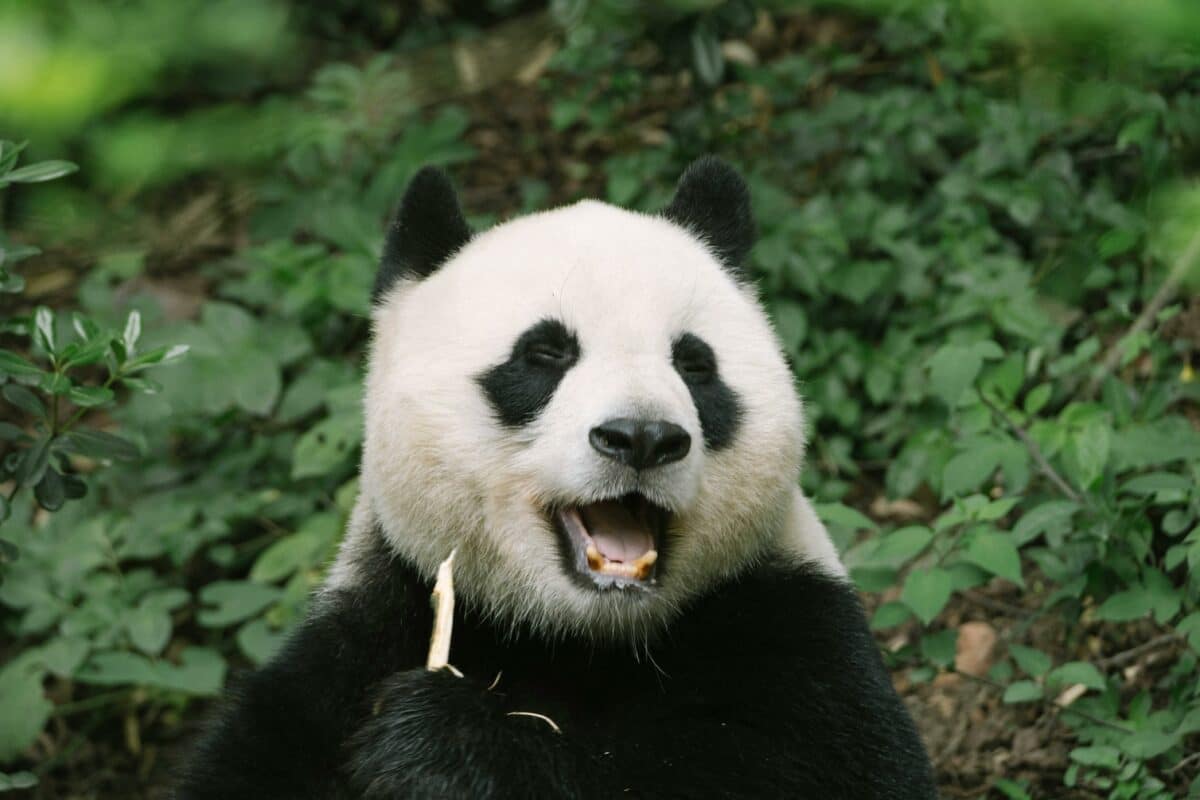
Baby pandas are renowned for their playful antics, but what makes their play behavior truly unique is its extended duration and importance in their development. While most mammals engage in play primarily during juvenile stages, pandas continue playful behaviors well into adulthood—with cubs displaying particularly exuberant play from about 5 months to 2 years of age. This extended period of play serves crucial developmental purposes, helping cubs develop the coordination needed for climbing trees (an important predator-avoidance strategy) and the dexterity required for bamboo manipulation.
Panda play includes distinctive behaviors rarely seen in other species, such as somersaulting down gentle slopes, engaged wrestling matches with siblings, and a peculiar habit of sitting on their hindquarters and rolling backward. Researchers at the Smithsonian National Zoo have documented that panda cubs spend up to 70% of their waking hours engaged in play during peak developmental periods—substantially more than most mammals. This extended play period correlates with their delayed independence and the complex skills needed for their specialized lifestyle. Conservation experts now recognize that providing adequate play opportunities is essential for proper development in captive breeding programs, leading to the design of specialized enrichment structures that encourage natural play behaviors and better prepare cubs for potential wild release.
Synchronized Breeding Cycles
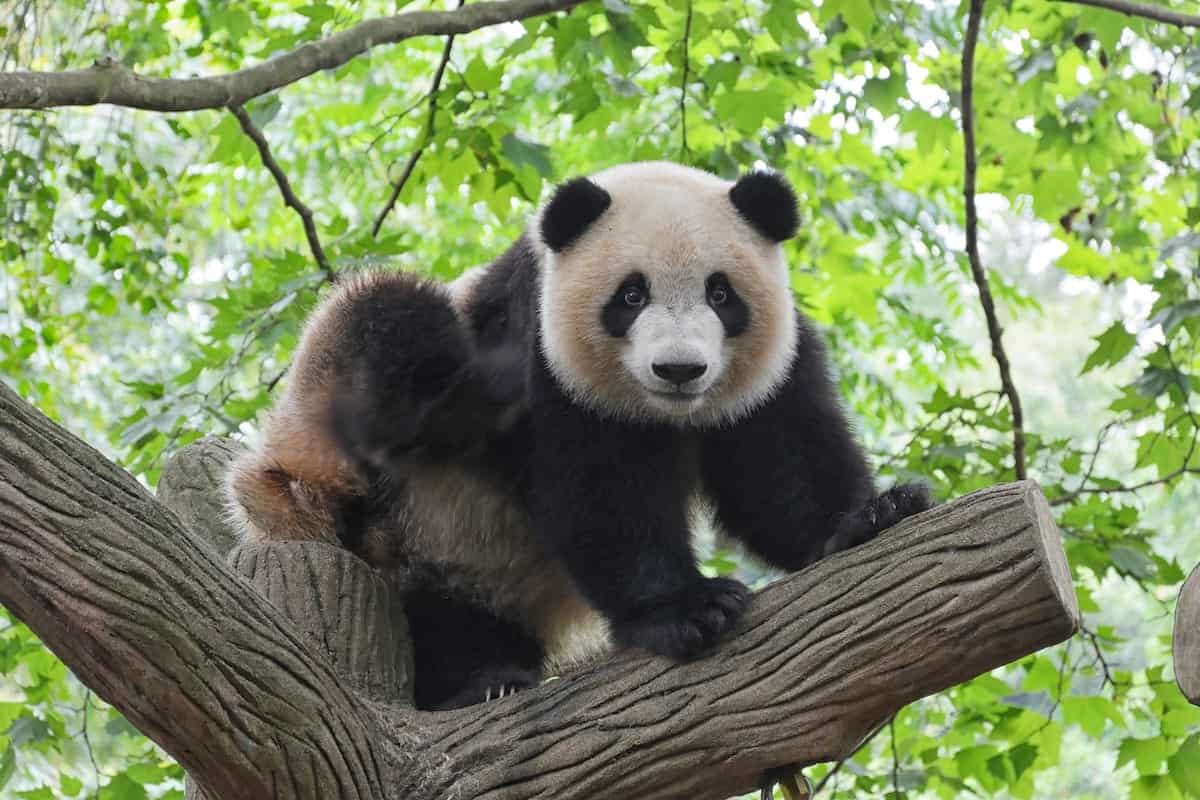
One of the most extraordinary aspects of panda reproduction that directly impacts cubs is the highly synchronized breeding cycle of wild pandas. Unlike most mammals that can breed throughout the year or during extended seasons, female giant pandas are receptive to mating for only 24-72 hours per year, typically between March and May. This extremely narrow fertility window means that in natural habitats, most panda cubs are born within the same 3-4 week period in late summer (August-September). This synchronized birth timing ensures that cubs develop during optimal bamboo growth seasons when their mothers have access to the most nutritious food sources.
This reproductive synchronization creates unique challenges for conservation breeding programs. Until the early 2000s, captive breeding success was limited by difficulties in predicting the extremely brief fertility window. Advances in hormone monitoring and behavioral research have dramatically improved breeding success, with China’s panda breeding centers now achieving regular births through both natural breeding and artificial insemination when necessary. The synchronized birth timing also creates practical challenges for conservation centers, which may need to care for multiple newborn cubs simultaneously during the birth season. However, this natural timing ensures that cubs benefit from ideal seasonal conditions as they develop, demonstrating yet another specialized adaptation in this remarkable species.
Conclusion: Treasuring Nature’s Miracles
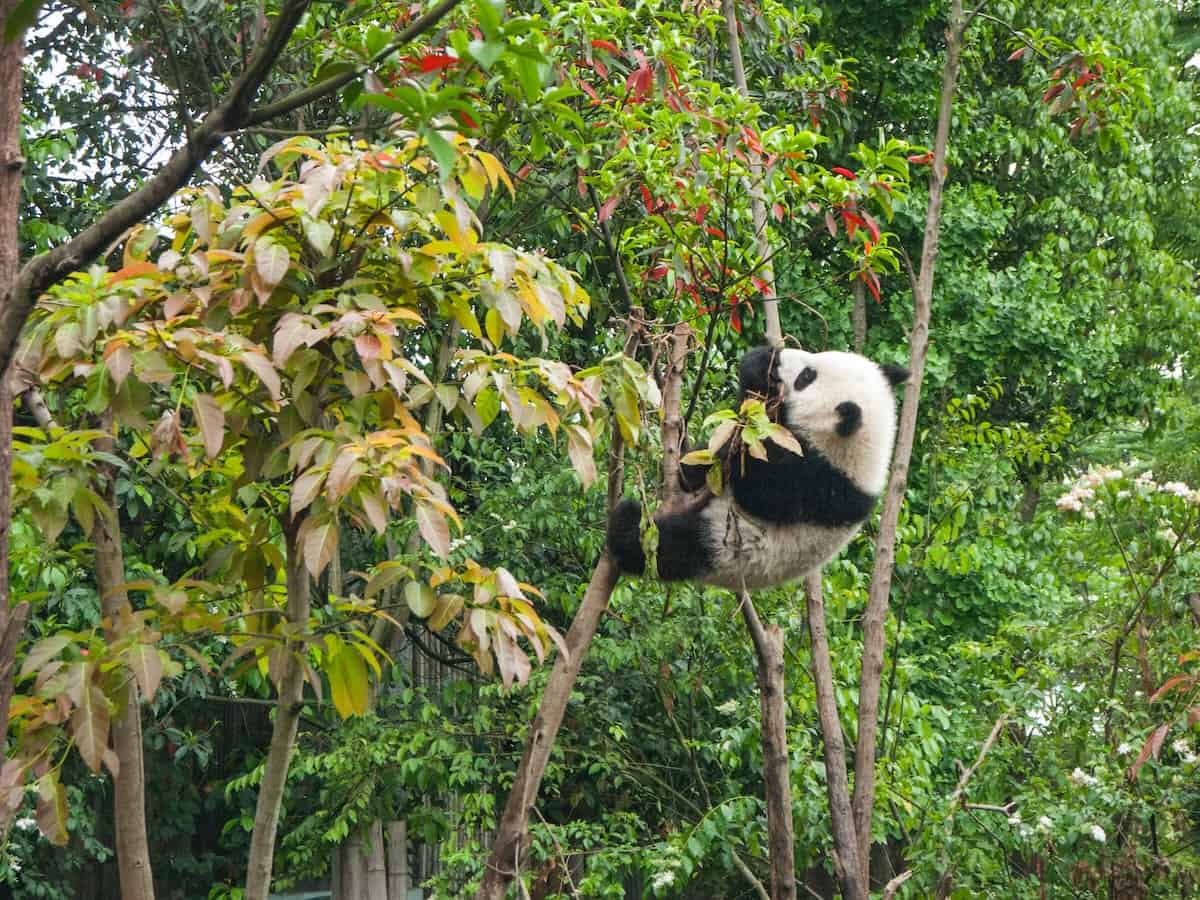
Baby pandas represent one of nature’s most remarkable evolutionary journeys, with their development showcasing extraordinary adaptations that have allowed this specialized species to survive despite numerous biological challenges. From their incredibly tiny birth size to their delayed bamboo digestion abilities, each unique characteristic reflects millions of years of evolutionary refinement. The precarious beginning of a panda cub’s life—born pink, blind, and weighing less than a smartphone—makes their development into the iconic black and white bears we recognize all the more extraordinary.
These distinctive characteristics have not only captured human hearts worldwide but have also made pandas powerful symbols for global conservation efforts. Thanks to dedicated research and breeding programs, the giant panda’s status improved from “endangered” to “vulnerable” in 2016—a rare conservation success story. However, with fewer than 2,000 pandas remaining in the wild, each baby panda represents a precious contribution to the species’ future.
As we continue to learn more about these remarkable creatures, the unique features of baby pandas remind us of nature’s incredible diversity and resilience. Their specialized development, from their unique pseudo-thumbs to their synchronized birth cycles, demonstrates the remarkable ways species adapt to ecological niches. By understanding and protecting these extraordinary animals, we not only preserve an iconic species but also safeguard the complex mountain forest ecosystems they inhabit—ensuring that future generations can continue to marvel at the miraculous journey of baby pandas from vulnerable pink newborns to beloved ambassadors of wildlife conservation.
- 14 Creatures That Can Freeze and Thaw Back to Life - August 9, 2025
- 10 Animals That Risked Their Lives to Save Humans - August 9, 2025
- 14 Reasons Why Bears Are Afraid of Humans (Most of the Time) - August 9, 2025

